Design Mistakes That Kill Restaurants Before the First Customer Walks In
- Justine Renee Cruz
- 4 min read

Your restaurant concept might be brilliant. Your recipes? Flawless. But if your restaurant’s design fails to support operations, code compliance, or customer flow, your dream can unravel before your first order is served.
In California, where zoning, health, and building codes are especially stringent, designing your restaurant layout without expert insight is a recipe for failure. In this article, we’ll break down the most common design-phase mistakes that cost new restaurant owners time, money, and sanity—and show how smart planning and expert help from teams like Northbay Restaurant Design can help avoid disaster.
1. The Fatal Flow: Poor Kitchen-to-Dining Design
One of the most overlooked elements of design is flow—how staff, food, and guests move through the space. A beautiful kitchen and a cozy dining room don’t matter if they don’t connect effectively.
The problem: In a rush to optimize seating or aesthetics, many owners overlook how meals actually get from prep to plate. Dishwashers cross cook lines, servers double back to grab garnishes, and deliveries come through the front door. Result? Chaos during service, frustrated staff, and slower turnarounds.
The fix: Plan for logical, unbroken workflows—separate clean and dirty paths, direct lines from kitchen to serving areas, and designated receiving areas that don’t disrupt service. A good layout makes every step efficient—and health inspectors love it, too.
2. Code vs. Curb Appeal: When Aesthetics Violate the Law
Designing a trendy space is tempting—but choosing finishes or layouts for looks over function can conflict with California food code.
The problem: We’ve seen restaurants install designer tiles with unsealed grout, open ceilings that drop dust, or wooden counters that absorb moisture—all of which can fail inspection.
The fix: Integrate aesthetic design after meeting health and safety code requirements. Choose smooth, durable, and cleanable surfaces in food zones. The California Retail Food Code (§114268 and beyond) specifies standards for walls, floors, and ceilings in food areas—follow these closely. If you are using an interior designer, Great! Have them work with your food service expert early in the process; it will save time and frustration.
3. Ignoring Zoning in Design = Redesigning Later
Design starts with the floor plan—but if you ignore local zoning restrictions, that plan may be dead on arrival.
The problem: A ghost kitchen built in a retail-zoned strip mall was later red-tagged because it wasn’t permitted for food manufacturing. The owner had invested in a full build-out, only to learn they needed a Conditional Use Permit (CUP)—a 6-month delay.
The fix: Always check zoning before designing. Consider: Is outdoor seating allowed? Are late-night hours okay? Will a bar or hooded cooking equipment require special permits? Zoning affects everything from parking to restrooms, so it should be step one, not an afterthought.
4. Designing for Today, Not Tomorrow
Your concept is tight now, but what happens when your menu evolves or your business expands?
The problem: A café designed for smoothies and toasts added hot food after six months. But their original kitchen layout had no ventilation for hot cooking equipment. No hood meant no compliance—and no expansion.
The fix: Design your kitchen with growth in mind. Build in flexibility—extra power, unused gas lines, or space for another prep table or oven. At Northbay Restaurant Design, we often plan utility stub-outs for future equipment, and layouts that can adapt without major renovation. It’s proactive planning that pays off.
5. Underestimating Back-of-House Needs
Front-of-house gets the attention—but it’s the back-of-house that keeps your business running.
The problem: In a drive to maximize dining space, one restaurant squeezed their dish pit, prep, and dry storage into a single cramped room. It passed inspection—but barely. Staff hated it, efficiency plummeted, and food safety risks grew with every crowded shift.
The fix: Plan with daily operations in mind. Allocate enough space for:
- Proper hand-wash and 3-compartment sinks
- Dry and cold storage (use local guidelines—like 25% of kitchen space for dry)
- Trash staging and mop sink
- Employee locker space
Back-of-house inefficiency costs you in labor, safety, and morale. Smart design avoids that.
How Northbay Restaurant Design Helps Get It Right the First Time
At Northbay, we don’t just draw plans—we design restaurants that work. Our team specializes in restaurant layouts that pass inspection, streamline operations, and anticipate future needs.
Here’s how we help you avoid these pitfalls:
- Local Code Knowledge: We design to California Retail Food Code and local county nuances.
- Flow & Function: We optimize layouts for efficient staff movement and smooth customer experience.
- Growth-Ready Designs: We anticipate your future menu and growth—adding flexibility from day one.
- Compliance-First Approach: From floor finishes to venting logistics, we build with approvals in mind.
Restaurant Design Success Checklist
Before you finalize your design, run through this list:
✅ Does your layout separate clean/dirty workflow?
✅ Are surfaces cleanable, durable, and compliant with CalCode?
✅ Is your space zoned for your concept? (Check CUP requirements!)
✅ Have you planned for potential menu or equipment changes?
✅ Is there enough space for storage, dish, trash, and staff areas?
✅ Have you verified hood, restroom, and electrical/gas layouts with a pro?
Final Thoughts: Build a Design That Works Beyond Paper
Too many restaurants design for beauty and forget about code, flow, or flexibility. But a functional, compliant layout isn’t just regulation—it’s the foundation of a successful business. Done right, it sets you up for long-term efficiency, growth, and lower operating costs.
Smart design isn’t a luxury. It’s the first real investment in your restaurant’s future. At Northbay Restaurant Design, we’re here to make sure you build it right the first time.
